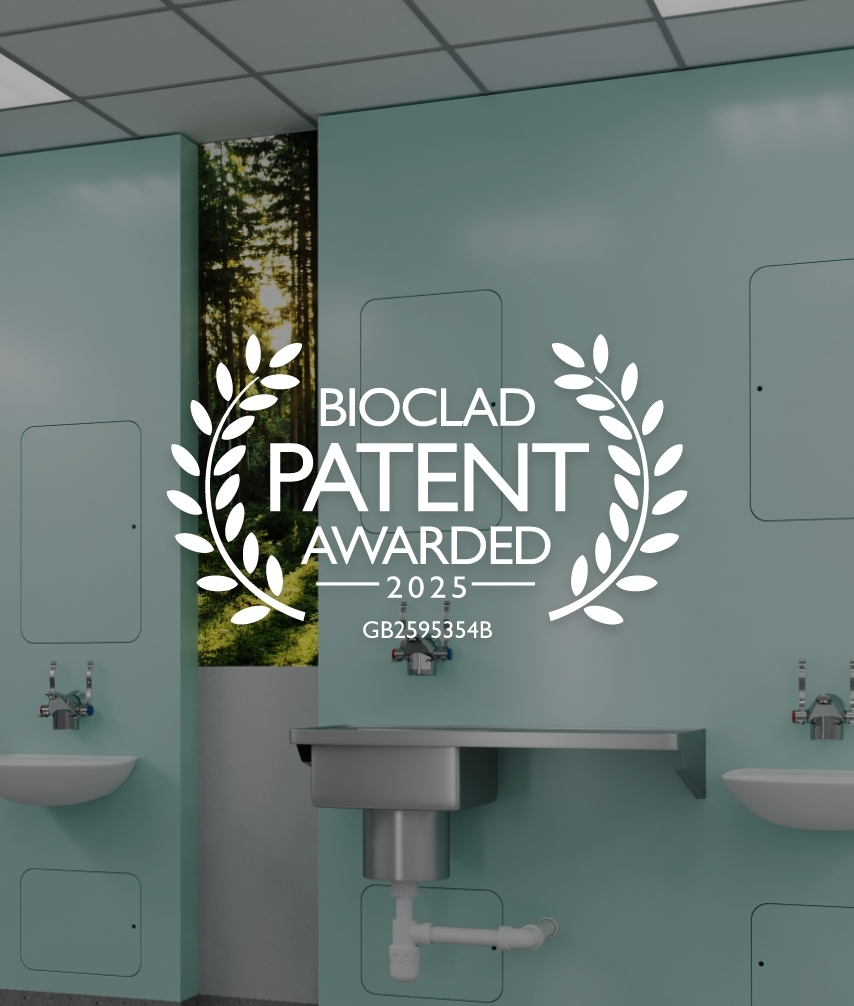The global production of plastics is estimated to be just short of 300 million tonnes. Total world production has risen from 200 million tonnes since 2002, whereas European production has remained static at about 60 million tonnes. PVC production accounts for about 11% of global plastics production.
Demand for PVC hygienic wall cladding is dominated by the Asia-Pacific region, where production is unregulated and is driven primarily by the huge consumption by China and the potential of the Indian market. The region consumes more than half of the global PVC produced annually, while within the Asia-Pacific, China and India collectively consumed more than 75.0% of the regional demand.
So those are the basic figures, and they show a huge demand for raw materials and the energy required to convert them into finished PVC. PVC is a thermoplastic made of 57% chlorine (derived from industrial grade salt) and 43% carbon (derived predominantly from oil / gas via ethylene). It is less dependent than other polymers on crude oil or natural gas. The PVC industry is the largest consumer of chlorine, using about 40% of the total production of 56 million tonnes.

Through its VinylPlus programme, the European Council of Vinyl Manufacturers (ECVM) has spearheaded improvements and efficiencies in European PVC production and seeks to influence manufacturers outside Europe in minimizing emissions and optimizing the global use of energy. There are three main areas where the industry focuses its drive for improvements:
Figures from the ECVM for the year 2012-2013 show that the PVC resin producers who partner VinylPlus achieved a significant decrease over five years in the amount of energy required to produce a tonne of PVC, and the new target is a 20% reduction by 2020. VinylPlus also seeks to minimise climate impacts through reducing energy and raw material use, switching to renewable sources and promoting sustainable innovation. The programme also seeks to encourage the harnessing of the high energy value of spent plastic goods to produce light, heat and power.
While the European PVC industry has been responding to these challenges over several decades, there is still a long way to go in bringing the global industry on stream.
View the British Plastic Federations latest PVC sustainability video: http://www.bpf.co.uk/plastipedia/polymers/PVC.aspx
Order Free Samples
Order Free Samples

We are thrilled to announce that as of 2nd April 2025, Bioclad has been officially granted a patent for our “Integrated Plumbing System Apparatus and Method of Manufacture.”
Read More